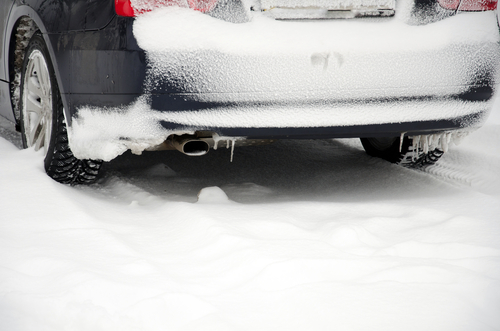 |
The past few winters have been daunting for those of us who commute to work, especially in the Northeast and other parts of the country that have experienced significant rain-, wind-, and snowstorms. It is late fall, and winter is just around the corner, so we need to prepare.
Because vehicle crashes are a top cause of workplace accidents and employer expense, it’s a good idea to train employees to prepare for the changing seasons. Keep reading for tips to share about safe driving in inclement weather conditions.
Vehicles need to be prepared in advance, and drivers must be ready to adjust speed or change a route based on the weather. Extra caution is the key to success when major weather patterns threaten.
What is the most effective and cost-efficient way to provide safety training for your workforce? Try a demo of BLR’s remarkable TrainingToday® at no cost or obligation.
Preparing for Winter Weather
The Oregon Department of Transportation suggests the following steps to make sure your vehicle is ready for the changing seasons:
- Ensure the heater and defroster are working properly.
- Test all lights.
- Carry spare lightbulbs.
- Use antifreeze that’s good to -25°F; check and fill washer and other fluids, and make sure hoses aren’t loose or brittle.
- Keep wipers clean and in good condition.
- Make certain your battery is fully charged (also check battery age and cable conditions).
- Ensure your tires are in good condition and properly inflated for best traction, including your spare.
- Carry chains or have traction tires installed for winter.
- Keep an automotive safety kit in your vehicle (see below for some items that should be in the kit).
Driving in Winter Weather
If you are driving in areas experiencing wet, icy, or windy conditions, adjust your driving to fit conditions and remember these driving tips:
- Turn off your cruise control.
- If you lose traction and your vehicle feels like it’s floating, gradually slow down. Don’t slam on the brakes.
- Be on the alert for downed trees, especially around a blind corner.
Try a demo of BLR’s remarkable award-winning TrainingToday® at no cost or obligation. This includes the Workplace Safety Library. Get the details.
